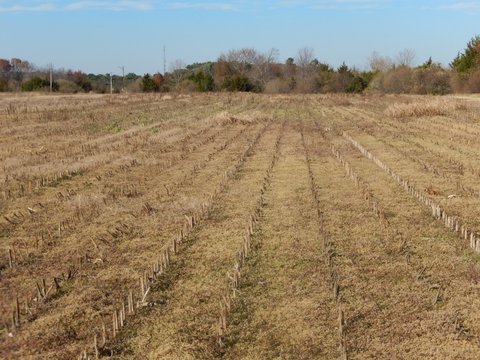
American lady is just one of the 19 species our log has recorded so far in our log’s Decembers, 2008-16. (All photos by Jack Miller on 11/29/17.)
As you make plans for this holiday season and you are trying to come up with a fresh idea, consider taking your family and friends out for a butterfly search. After all, in the past six years we have recorded six species in four years on Christmas (2011, 2014, 2015, and 2016) and four species in three years on New Year’s Eve (2011, 2015, and 2016).
If you have already made plans for these two holidays, you still might want to get out for a December look. Since our log began in 2008, we have reported 19 species in 256 observations in December.
The 19 species that have been reported over the years are cabbage white, clouded sulphur, orange sulphur, cloudless sulphur, sleepy orange, eastern tailed-blue, summer azure, blueberry azure, variegated fritillary, question mark, eastern comma, mourning cloak, American lady, painted lady, common buckeye, red admiral, monarch, fiery skipper and sachem. (This list could be pared down to 18 if the lone report of a summer azure on December 10, 2015 is changed to blueberry azure, which would make it consistent with the other three reports of blueberry azure that month.)
Cape May County is the December hot-spot. This makes sense in that not only is it our southernmost county, but it is also surrounded by the “big heater” as some Capers refer to the ocean and Delaware Bay, as the relative warmth of these waters moderates temperatures in fall and early winter. Even if you are not interested in traveling to the Jersey Cape, there is no need to despair: of our eight southern counties, only OCN has failed to report December flyers.
Some enthusiasts might find it surprising that temperature is not the only weather factor to consider in finding December butterflies. A day in the 50’s that is cloudy and has winds howling from the SW may not be as suitable for butterflies as a day in the 40’s or even upper 30’s that is clear and calm. Butterflies desire warmth, and windy days do not allow for warmth to accumulate in micro-climates like tufts of grass or sun-facing tree trunks and rocks. It also seems probable that the energy expenditure required to fly in strong winds creates a negative balance on the survival sheet.
Our late bugs can be found in both fields and woods. Generally speaking, species likely to be found in open fields include cabbages, sulphurs, buckeyes, American ladies, painted ladies, variegated fritillaries, and monarchs.
Species that are more likely to be found in wooded areas include commas, question marks, mourning cloaks and red admirals. However, don’t be surprised to find a cloudless sulphur in the woods or a red admiral basking on a parking lot dividing strip.
Finding butterflies that prefer wooded areas is fairly simple: go to a wooded area, preferably one with sandy roads and paths that collect and hold warmth, and simply walk and observe.
Open field butterflies are more complicated. The best open areas to search are fields that still have flowers, or in the case of orange and clouded sulphurs, fields that have grasses in 4-8” range. The best December fields are usually the products of late summer mowing. These fields that have been cut back are the most likely places to find last bloomers like mustards, dandelions, ground ivy and frost aster. All these blooms are highly attractive to butterflies. Corn fields that were harvested early often load up with a variety of weeds that can make them the most productive locations to walk. It is also worth keeping an eye out for gardens that still have blooms; even plants that we do not think of as butterfly favorites – Chrysanthemums, for example — attract late season species. My latest November sachems have all been found on this plant.
The current December is looking promising. On my outings on November 28th and 29th in CMY, I found at least one species at seven of the eleven locations I visited. One field offered up five species, and the total number of species for the two days was seven. On a first of December outing I found three species in one site, and after three days of observations this month, our observers have already reported butterflies in three counties (CMY, GLO, and BUR) and we have totaled four species so far – orange sulphur, anglewing sp. (likely a question mark), common buckeye, and monarch.
Will we reach 20 species for December species this year? There are a handful of species that could make a December showing. Species that have flown in late November include black swallowtail, pearl crescent, common checkered-skipper, Ocola skipper, and gray hairstreak. My favorite candidate for next on the list is a species I have seen in both November and January: the American snout.
Keep exploring and enjoying our winter species.
Jack Miller





